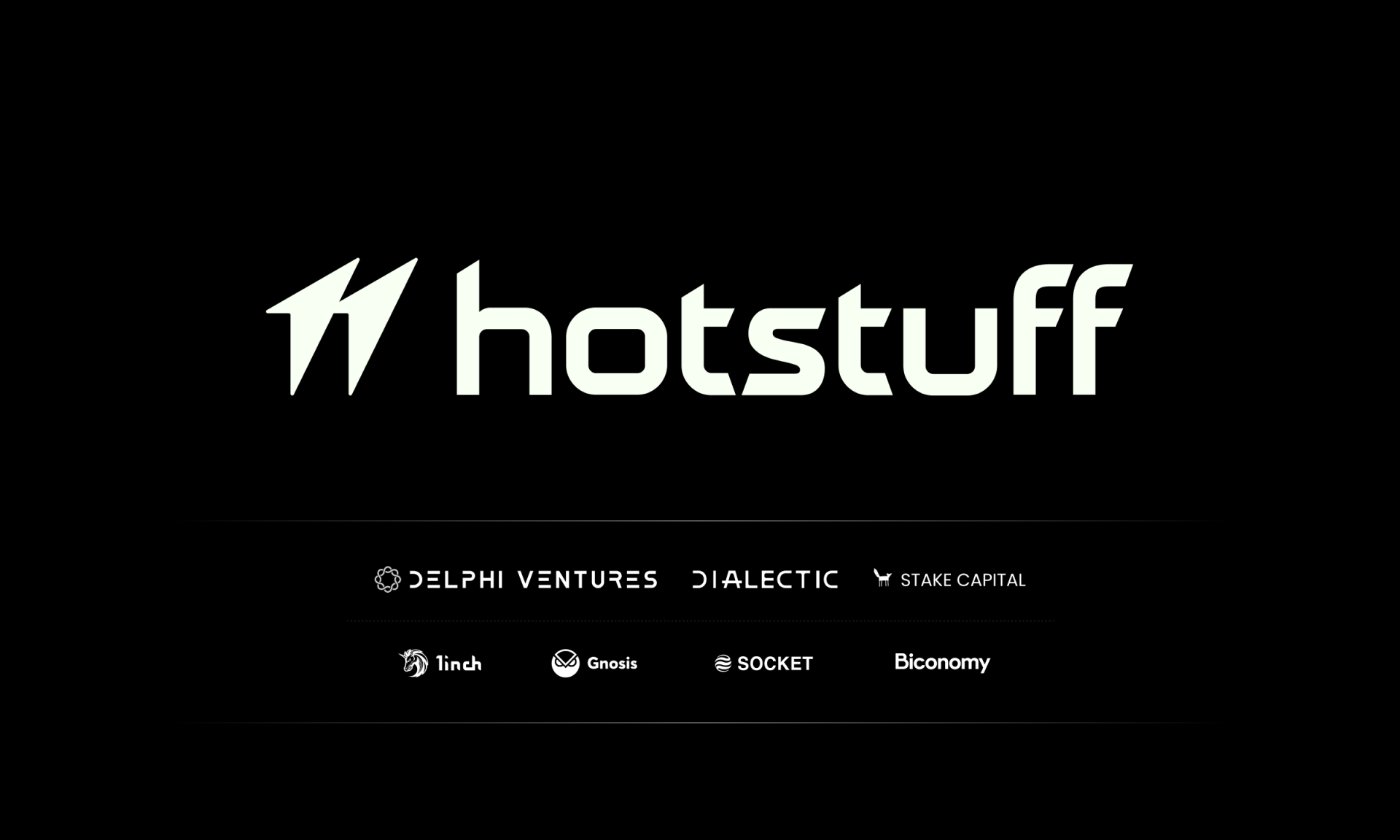Stablecoins, digital assets designed to maintain a stable value, have become essential to the functioning of crypto markets. As of July 2025, roughly $260 billion were in circulation, predominantly dominated by Tether (USDT) and Circle’s USDC. These assets offer crypto investors a way to park funds safely, bridge trades across exchanges, and mitigate volatility but they also draw scrutiny from regulators worldwide.
What Are Stablecoins?
Unlike volatile cryptocurrencies such as Bitcoin, stablecoins are pegged to fiat currencies, most commonly the U.S. dollar. Some rely on cash or liquid assets to back their value, while others use algorithms or trading strategies. Algorithmic stablecoins, however, carry higher risk. These risks are a lesson reinforced by the collapse of TerraUSD and Luna in 2022, which wiped out $60 billion in value within days.
High-profile entrants have also shaped the market. Meta’s failed stablecoin project in 2019 and PayPal’s 2023 launch highlight growing interest from technology and financial giants. Even political figures have joined the space: former President Trump’s World Liberty Financial launched a USD-pegged stablecoin, USD1, used in a $2 billion transaction for Binance Holdings Ltd., raising questions about conflicts of interest.
Regulatory Challenges
Regulators are particularly concerned about systemic risks. Tether, as the largest stablecoin, has faced scrutiny for its offshore operations and past reserve misstatements. Law enforcement agencies warn that stablecoins’ anonymity, speed, and low transaction costs make them attractive for laundering funds and illicit activity.
The U.S. has responded with the Genius Act, passed by Congress in July 2025. The legislation regulates stablecoin issuers, specifying asset types for reserves, requiring monthly independent audits, and enforcing anti-money laundering compliance. The act is designed to bolster credibility and integrate stablecoins into mainstream finance while maintaining oversight.
Globally, regulatory approaches vary. Singapore, Hong Kong, and the EU have introduced rules governing stablecoins, while the UK is preparing its own framework, expected in 2026.
The UK’s Strategic Opportunity
The UK is exploring a national stablecoin strategy to position London as a global hub for digital financial infrastructure. By supporting both pre-funded stablecoins from non-banks and tokenized deposits from banks, the country can foster innovation, generate new revenue streams, and diversify demand for government debt. Export-ready GBP stablecoins could reinforce sterling’s role in international trade, attract fintech investment, and create a more resilient investor base.
China’s Caution
By contrast, China has taken a cautious stance. Former PBOC chief Zhou Xiaochuan warned that stablecoins could be exploited for speculation, fraud, and price manipulation, highlighting the need for strong transparency and regulation. Zhou emphasised that China’s existing retail payment systems are highly efficient, leaving limited room for stablecoins to improve costs. Beijing has also restricted local promotion of stablecoins, signalling broader concerns over financial stability and capital controls.
Conclusion
Stablecoins are shaping the future of digital finance, but navigating their benefits requires careful regulatory design. While the UK and U.S. pursue frameworks to integrate stablecoins safely into financial systems, China’s caution reflects the global tension between innovation and stability. For policymakers and market participants alike, clear strategies, transparency, and international coordination will determine whether stablecoins fulfil their promise as reliable, scalable digital infrastructure.
👉 Stay ahead of the curve: Subscribe to CryptoMondays London for updates, insights, and behind-the-scenes access.









